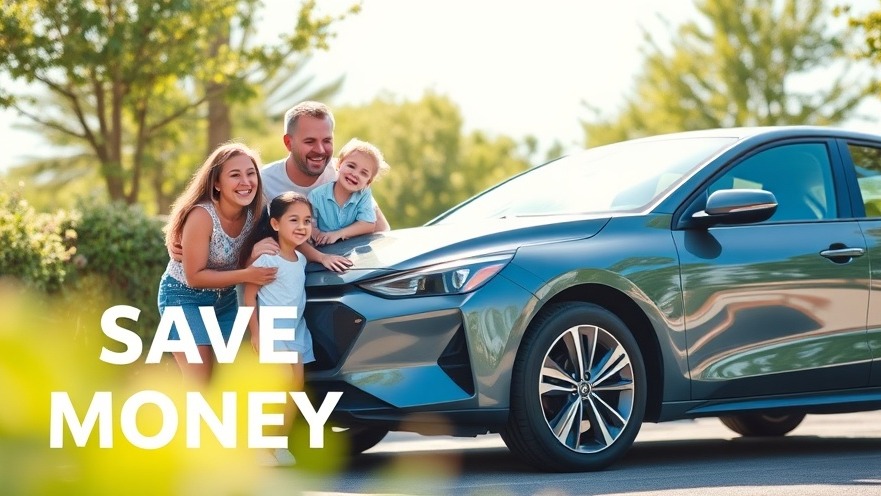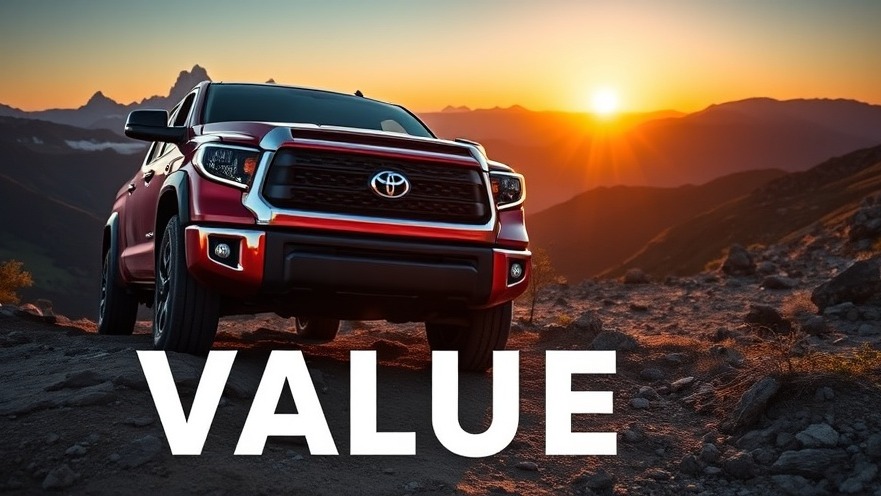
The Unique Inline 5-Cylinder Engine
The inline 5-cylinder engine is a fascinating piece of automotive engineering. It fits snugly between the more common four-cylinder and inline six-cylinder engines, offering a balance of size and power that appeals to many enthusiasts. With its unique configuration, it boasts a distinctive sound and delivers power smoothly thanks to its 144° firing interval.
In 'What Killed The 5-Cylinder Engine?', the discussion dives into the evolution of engine technology, exploring key insights that sparked deeper analysis on our end.
Why Does the 5-Cylinder Engine Matter?
This engine's design allows for more displacement than a four-cylinder without the length constraints of a six-cylinder. It's particularly suited for cars where space is at a premium. The last production car to utilize the inline 5-cylinder engine is the Audi RS3, demonstrating that while this engine type may be rare, it is still valued for its performance in specific contexts.
Competition from Other Engine Types
However, the inline 5-cylinder engine faces massive competition from turbocharged four-cylinders that can match its output. This trend has shifted consumer preferences towards more common engine types. The V6 engine also offers a compact form factor, making it a go-to solution for many manufacturers looking to enhance power without increasing vehicle length.
What Does the Future Hold?
As automotive technology advances, the ongoing relevance of the inline 5-cylinder engine is questions. While some enthusiasts appreciate its unique charm and sound, the reality is that many drivers prioritize practicality and efficiency over distinctive engine designs. The 5-cylinder is likely not long for this world, as manufacturers opt for engines that deliver better power-to-weight ratios and fuel efficiency.
Conclusion: The End of an Era?
In summary, the inline 5-cylinder engine is on the verge of extinction. Its unique attributes may appeal to a niche market, but with every passing year, practicality and compactness drive the engine's legacy closer to a definitive end. If you are an auto owner considering performance options, it’s essential to keep an eye on these developments. Understanding the types of engines available can aid you in making informed choices when it comes to car buying or engine upgrades.
 Add Row
Add Row  Add
Add 




Write A Comment